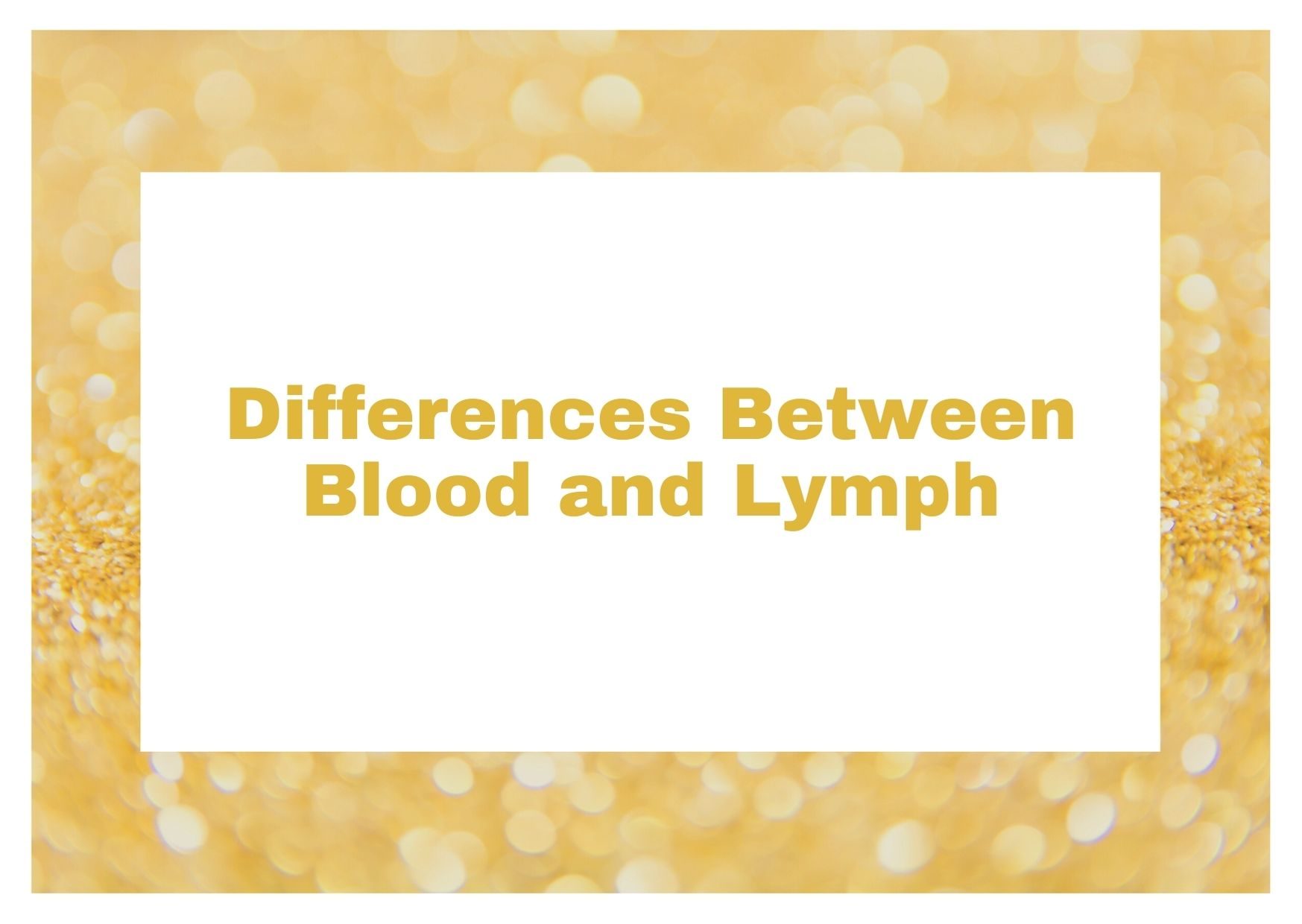Table of Contents
Biological Membranes:
The cell membrane and the sub-cellular membranes are grouped together as biological membranes. The sub-cellular membranes are the membranes that surround the vacuole and cell organelles such as membranes of endoplasmic reticulum and Golgi complex, nuclear membrane, membranes around chloroplasts and mitochondria.
Significance of Biomembranes:
- Compartmentalization– Biological membranes compartmentalize the cytosol of the cell. But the isolation of contents of various compartments or from the surrounding medium is incomplete because there is continuous flow of some substances and informations across these membranes.
- Selective Transport– Biomembranes exhibits selective permeability. These are differentially permeable to different substances but are impermeable to others. Thus, biomembranes provide a selective exchange between compartments. Carrier protein molecules present in these membranes also assist in the transport of specific materials in specific directions across the membranes.
- Differential Distribution– Biomembranes are able to maintain differential distribution of molecules or ions in the adjoining compartments and along their either face.
Functions of Plasma Membrane:
- Protection– Plasma membrane forms a protective covering around the cell.
- Regulation of the passage of material– Plasma membrane is selectively permeable. It facilitates the entrance of nutrients into the cell and permits the exit of nitrogenous wastes. Thus, it regulates the passage of materials into and out of the cell.
- Maintenance of differential distribution of ions– Plasma membrane controls and maintains the differential distribution of ions inside and outside the cell.
- Respons to Environment– Plasma membrane responds to changes in its environment with the help of receptor proteins. These receive chemical messages from other cells and thus help in cell recognition. The receptor proteins respond to hormones, growth factors, and neurotransmitters.
- Contact with neighboring cells– Plasma membrane maintains a structural and chemical relationship with the neighboring cells. Certain glycoproteins help in cell recognition and communication.









Comments (No)